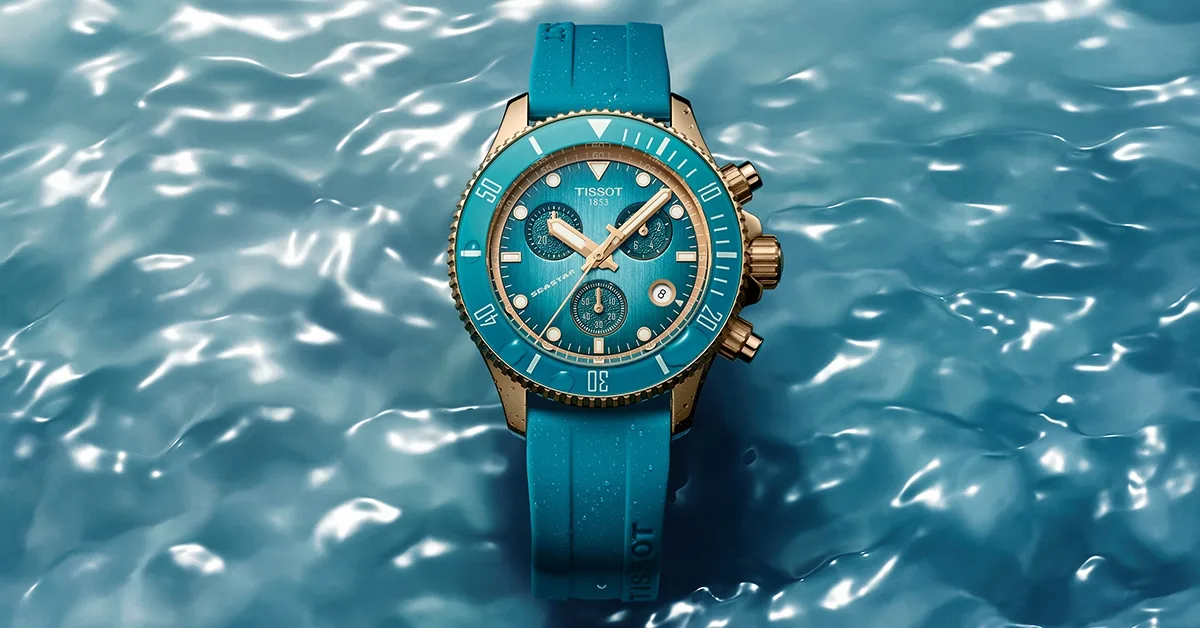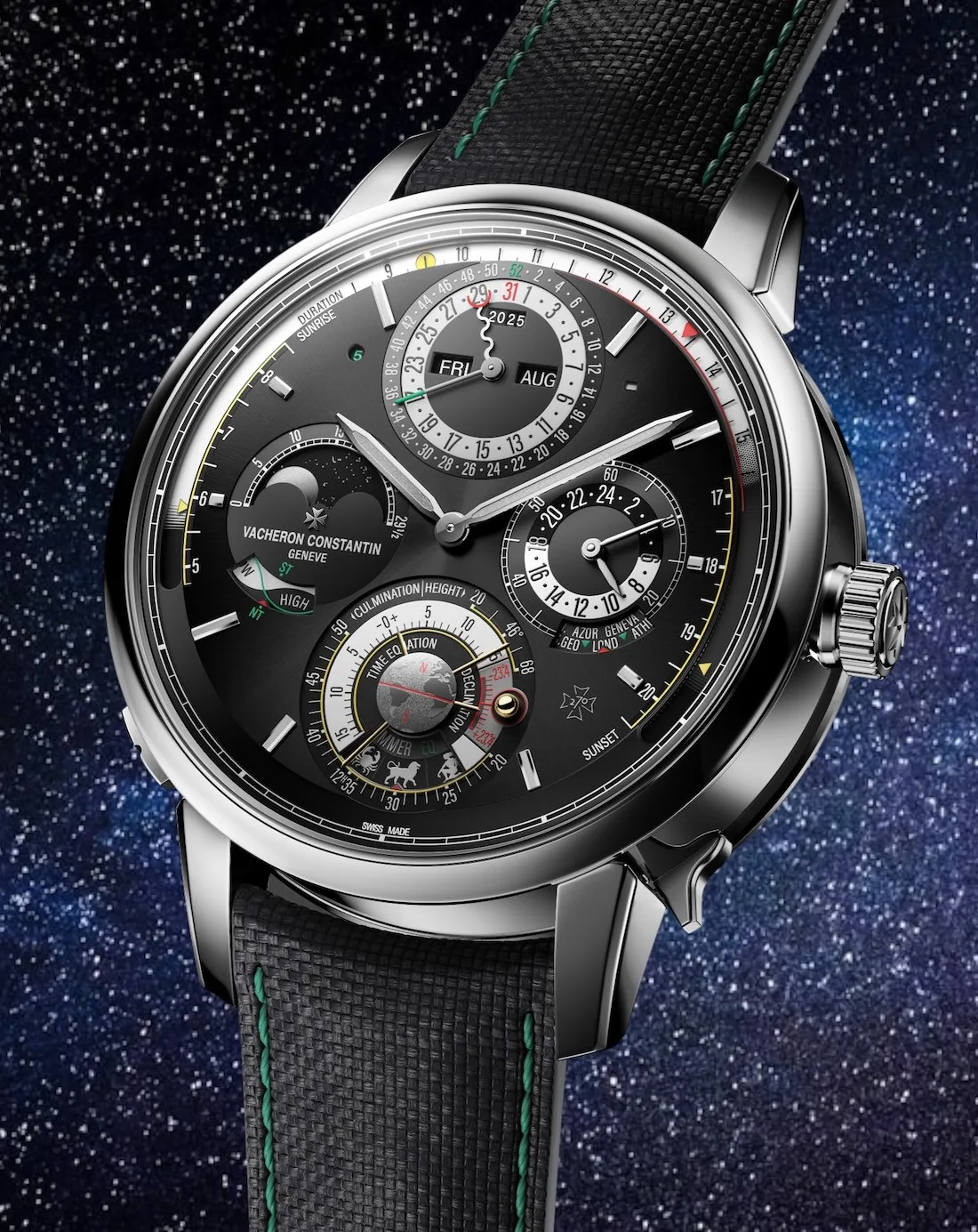Simon Norfolk photographs the naked soul of London.

The COVID-19 Visual Project is a virtual exhibition created by the Tuscan based Art Festival Cortona on the Move and designed to bare witness to the changing world with the onset and spread of coronavirus across the world.
The work across a range of photographers in a mix of geographies is organised into a series of chapters that explores the human environment with measures in place to halt the spread of a virus that can potentially kill its host. At the time of going to press, Simon Norfolk’s work on London sits in chapter two along with photographers Edoardo Delille depicting “Silenzio” in Florence, Italy, and Harsha Vadlamani capturing “Still Air” on a motorbike ride from Bengaluru to Hydrabad in India. Their pictures poignantly depict how suddenly COVID-19 shuttered and removed human interaction from cities and places that were built and designed to house people and their daily lives.
“There is a sense of a loss of Empire; the end of days.” Simon Norfolk explains that the photographs he has taken of London as part of the COVID-19 Visual Project are a look back at the grandeur that was once the epicentre of the country that imperially coloured most of the world their favourite shade of red. For Norfolk, “London really was laid out as a kind of imperial chessboard with these great pieces: National Gallery, Parliament, Bank of England, Treasury… all with the same period poise, same stone, same kind of architecture over 50 to 60 years as a sort of grand regal metropolis. I never really saw my city before the lockdown. You do have to remove buses, trucks, people, remove it all so suddenly there is a more sophisticated scenery in front of you, suddenly you can see where buildings come to the floor, where the vertical meets the horizontal. It’s in the ground where the grandeur starts, not the rooftops. It was that clarity that really astonished me.”
Simon’s photographs are compelling for their stark view of what are normally overcrowded places: a deserted Baker Street Underground station at rush hour; a train with its doors open expectantly waiting for commuters that today won’t arrive; even the very definition of “crowded”, Piccadilly Circus at the entrance to Regent Street, is still and empty. The remains of St. Alban’s church, Wood Street, the site of one of King Offa of Mercia’s citadels stands as a lost ruin in the glass and steel anonymity that surrounds it. Something in these images reminds the viewer of a post-apocalyptic world in the aftermath of a neutron bomb, where all is left are the buildings made of iron and concrete, its inhabitants gone, vapourised.

For Simon, the involvement with the COVID-19 Visual Project was the outcome of an accident – quite literally. The COVID-19 lockdown, coupled with his surgeon wife suffering an accident to her ankle, meant that the only time he could be out was very early in the morning.
A keen cyclist, the untimely hours and the empty streets were the germinating seeds for a project to photograph London without any of the noise and motion that we associate with one of the busiest and most hectic capital cities in the world. Alone with his rucksack, a tripod and a camera, Simon set about cycling around the capital and photographing its landmarks on the onset of the lockdown.
Feeling as if he was the last person in the city was a familiar setting for Simon: a silent and still London devoid of people was reminiscent of the novel by Romantic author Mary Shelley’s “The Last Man.” Arguably the first dystopian novel ever written, it has, at the current time, an all too familiar narrative: Shelley’s story describes a future Earth in the 21st century ravaged by an unknown pandemic that sweeps across the world. Banned at the time of publication (1826) for being prophetic rather than a work of fiction, the book only re-emerged in the 1960s.
Pictorially, there is a sense of Gustav Dore’s “The New Zealander”, a lone traveller from the other end of the earth viewing a decaying London from a hilltop. What was once a great city filled with grand and purposeful buildings, is now gone.

The structures and their purpose stand empty, decaying without maintenance as has the British Empire. That is what made the project so compelling to Simon, the immediacy of being able to put the exhibition online as such images should be considered now, in conjunction with the lockdown from the pandemic, to see what effects it was having.
By his own admittance, Simon has a fascination with the Romantics, a period of history in Europe that ran from the late 18th century until the late 19th. Romanticism was an artistic and intellectual movement characterized by its emphasis on emotion and individualism, the glorification of the past and a state of nature over the rational and the modern. Simon further explained that “It seemed to me like the city was this kind of toxic shell that had repelled its human occupants and was left empty. All that was left were the black birds, the blue bells and the foxes.
I thought that was really magical because of Mary Shelley’s “The Last Man” and Dore’s “The New Zealander.” To the romantic faithful, we would be brought down by our own hubris or our corrupt economists, but never by violence. The idea was always that you would gaze upon an empty London in exactly the same way as they would upon the ruins of Rome. One wonders what noble kings made this place to have left such noble ruins, what vanity was it that caused these ideas to disappear?”
Equally, for Simon, the buildings show a permanence for institutions. While the Romantics might have believed that society in its current form would end through our own doing, the authoritative structures would remain that way in this pandemic. “In the first few weeks of the quarantine I found it quite hard to keep in touch with the daily death count and I spent a lot of time questioning whether there were any actual changes being put in place for the time this thing comes to an end. It was clear to me that we would be living in a different world.
Will we still talk to our neighbours? Will we be kinder? Will we adopt more ecological solutions to come out of this crisis? Or will we just go back to be the same old greedy individuals that we were before the disease? But it now looks like we are certainly going to go back to shopping, buying things we don’t need financed by the same banks and we will be voting for the same politicians; only with a plastic bubble over our heads.” As Simon Norfolk continues to cycle around London, with only the bronze statues of the “great and the good” to watch over his journeys at dawn, there is a stillness to a city that before the pandemic seemingly did not sleep. To Simon, passing the capital’s effigies on his morning sojourn, felt there was a sense of disappointment in their demeanor, as if they were accusing us of having squandered the city they had created.

“We have made a mess of what was once the centre of the world.” Empty London is a “memento mori”, an invisible virus has shown us how foolish and powerless we are. All the investments, schemes and protections we had put in place to insulate and safeguard the world were found to be wanting. Standing in solitude in places that were once overrun with people and traffic, Simon remarks: “I never imagined the Apocalypse would be so quiet that one would hear a blackbird singing in Piccadilly Circus. I truly felt I was the only man in the city.”
www.simonnorfolk.com
COVID-19 VISUAL PROJECT


















Show Comments +